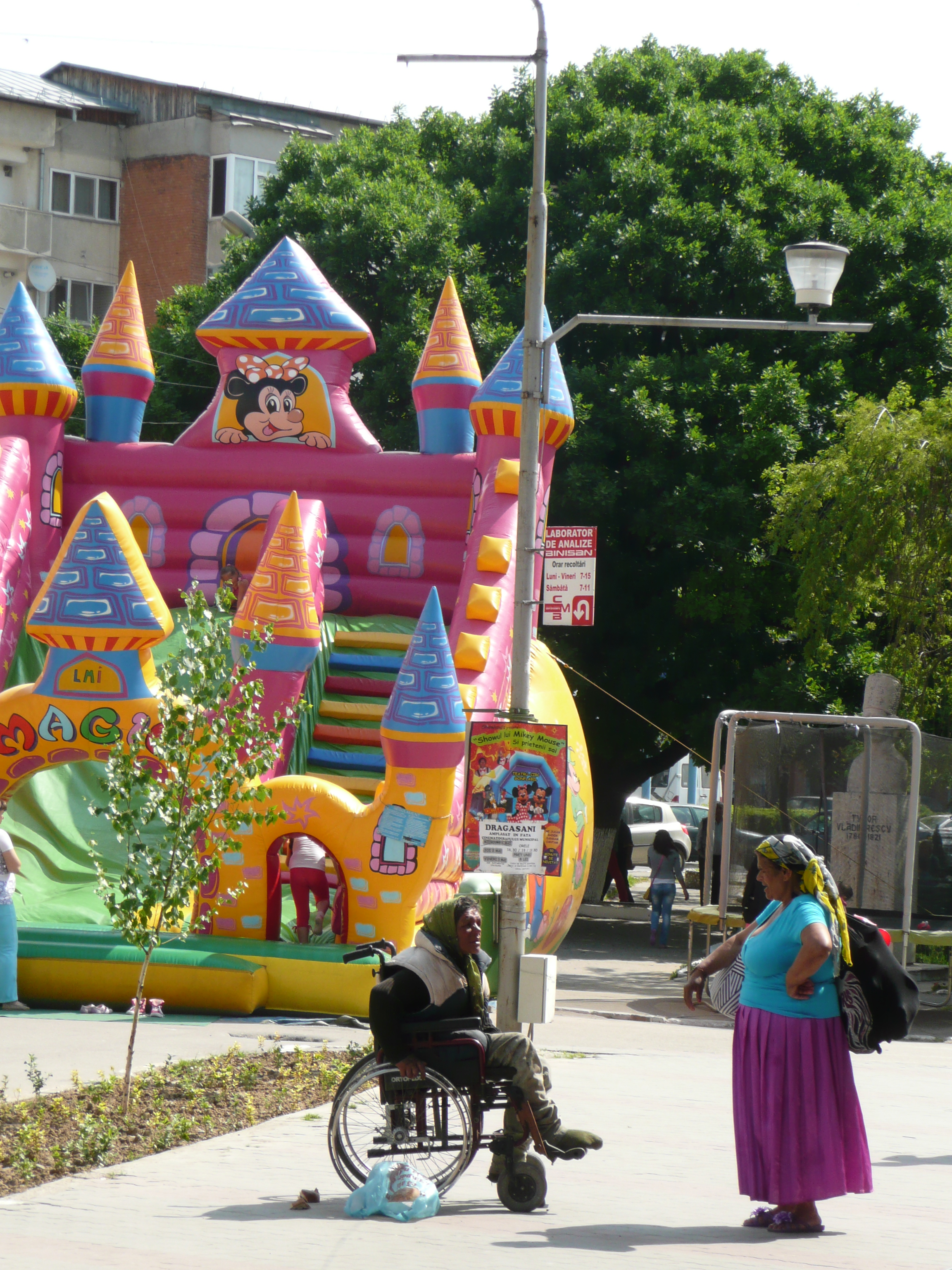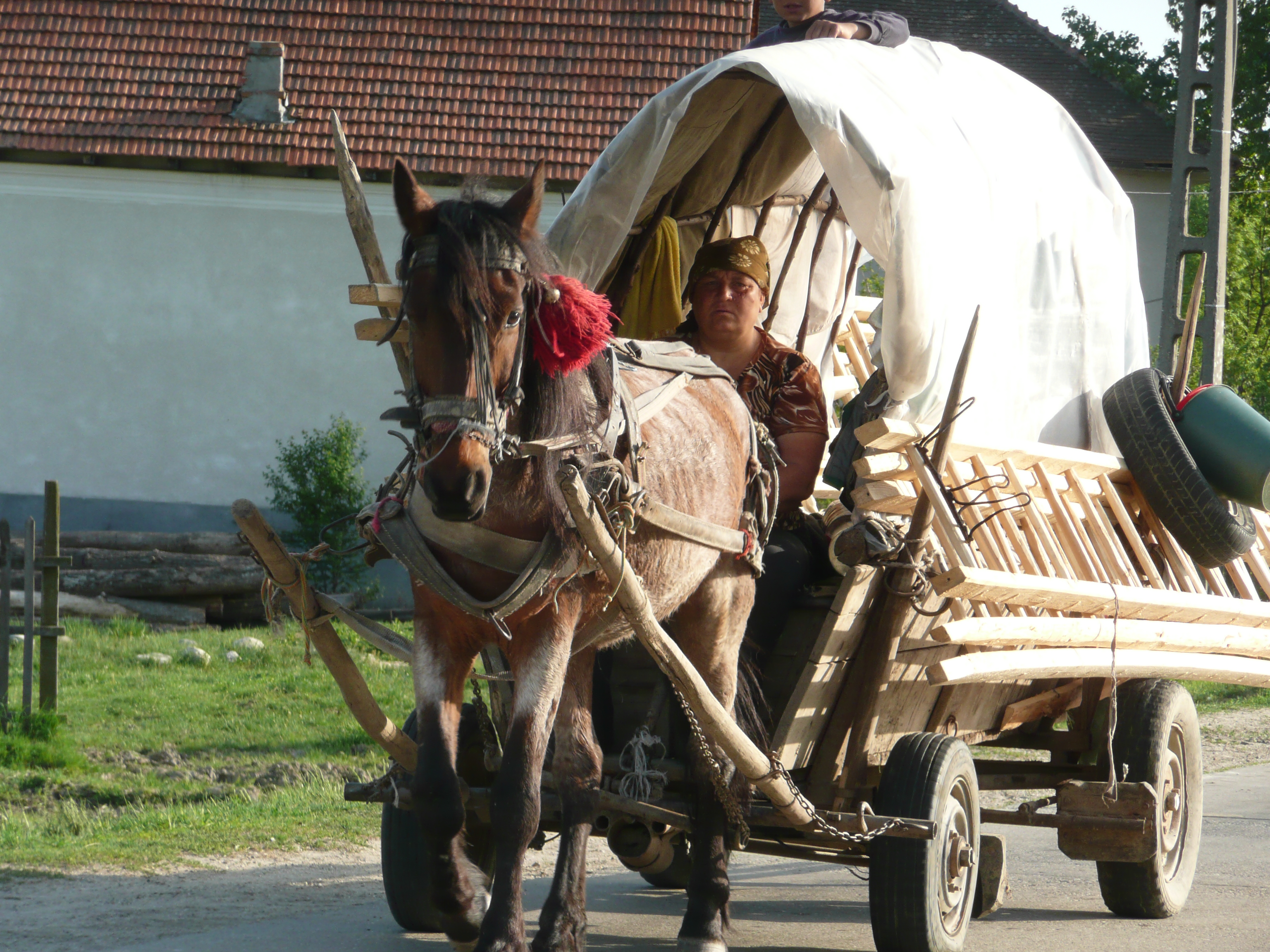AUSTRIAN ROMA AND SINTI

The official estimate for the Roma population in Austria is 10,000-20,000. At the 2011 census a little more than 4,000 Romani speakers with Austrian nationality were recorded and approximately 2,000 with other nationalities. Yet Roma representatives estimate 10,000 autochthonous Roma plus 25,000 – 30,000 Roma immigrants. The Roma are the only ethnic minority group which is since 1993 officially recognized throughout the Austrian territory, whereas the Slovenian, Croatian and Hungarian minority is officially recognised in some federal states only. The Roma Advisory Council was established in 1995. The “Burgenland Roma” are considered as mainly rural, whereas other Roma groups are city dwellers. The majority of autochthonous Roma live in Vienna and eastern Austria. As the religious affiliation of Roma is usually determined by that of the majority population of the respective emigration country which in turn correlates with the socio-cultural background, the “Burgenland Roma” and “Lovara”, the biggest Austrian autochthonous groups, are generally Catholic.…

